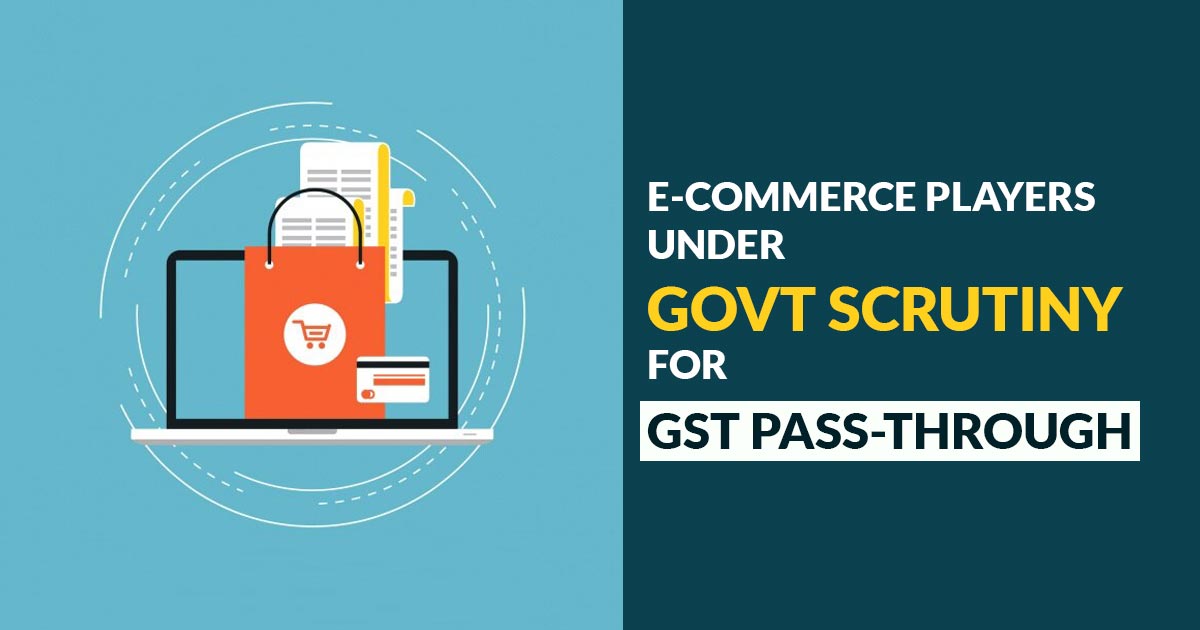
The government is currently examining e-commerce platforms to ensure that consumers benefit from the recent reductions in Goods and Services Tax (GST) on essential items and Fast-Moving Consumer Goods (FMCG).
This initiative aims to guarantee that the tax savings are effectively transferred to buyers, enhancing transparency and fairness in pricing.
Even after the GST cut from 22nd September, the price of some items went up on the e-commerce platforms, and complaints were received by the authorities. The tax officers, by comparing prices before and after the new rates were implemented, are finding out if these reductions are being provided to the customers.
Post GST rate reduction, one of the e-commerce sites shows elevated prices specifying a technical error; however, it was rectified after that. The name of the platform has not been cited, but one large e-commerce firm publicly described its steps.
A spokesperson from Flipkart specified that the company introduced backend tech changes to auto-update GST slabs, conducted seller training and webinars, and launched a GST Bachat Utsav storefront to highlight tax savings. The customers of Flipkart have obtained Rs 200 crore in GST benefits from the sellers.
To pass the GST rate cut to customers, Flipkart has taken several communication and tech-enhancement measures, including making the seller partners sensitised to an easier seller dashboard with automatic backend update of the new GST slabs, which makes it seamless for them to adopt the amendments, a Flipkart spokesperson mentioned.
Since the latest round of tax reductions took effect, the National Consumer Helpline received about 3,000 GST-related complaints, Consumer Affairs Secretary Nidhi Khare specified. “We are sending these complaints to the Central Board of Indirect Taxes and Customs for further action, she expresses.
Now, most of the goods come under the 5 per cent and 18 per cent slab in the altered GST rate format. Some are exempt, and a few categories come within the 40 per cent slab.
Certain food items are exempt from Goods and Services Tax (GST), which includes ultra-high-temperature milk, packaged paneer, a variety of Indian breads such as roti, paratha, and khakhra, as well as packaged snacks.
Meanwhile, everyday personal care products like shampoo, soap, and toothpaste, along with baby-care items such as diapers and feeding bottles, are now subject to a 5% GST. Additionally, medical devices, including thermometers and diagnostic kits, are also included in this taxation category.
Read Also: GST Impact on E-commerce Sector in India
GST reduction has been witnessed in the electronics, appliances, and small vehicles, and there is an 18% GST on televisions above 32 inches, air conditioners, motorbikes up to 350 cc, which has reduced from 28%.
The finance ministry this month has asked the Central GST field officers to track the impact of the tax cuts. Officers in the September 9 communication were asked to provide the monthly reports on the revision in cost on 54 commonly used items. The first report is due by the end of September, which compares the maximum retail prices before and after the rate cuts.
Source: Business-standard.com